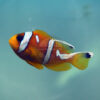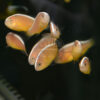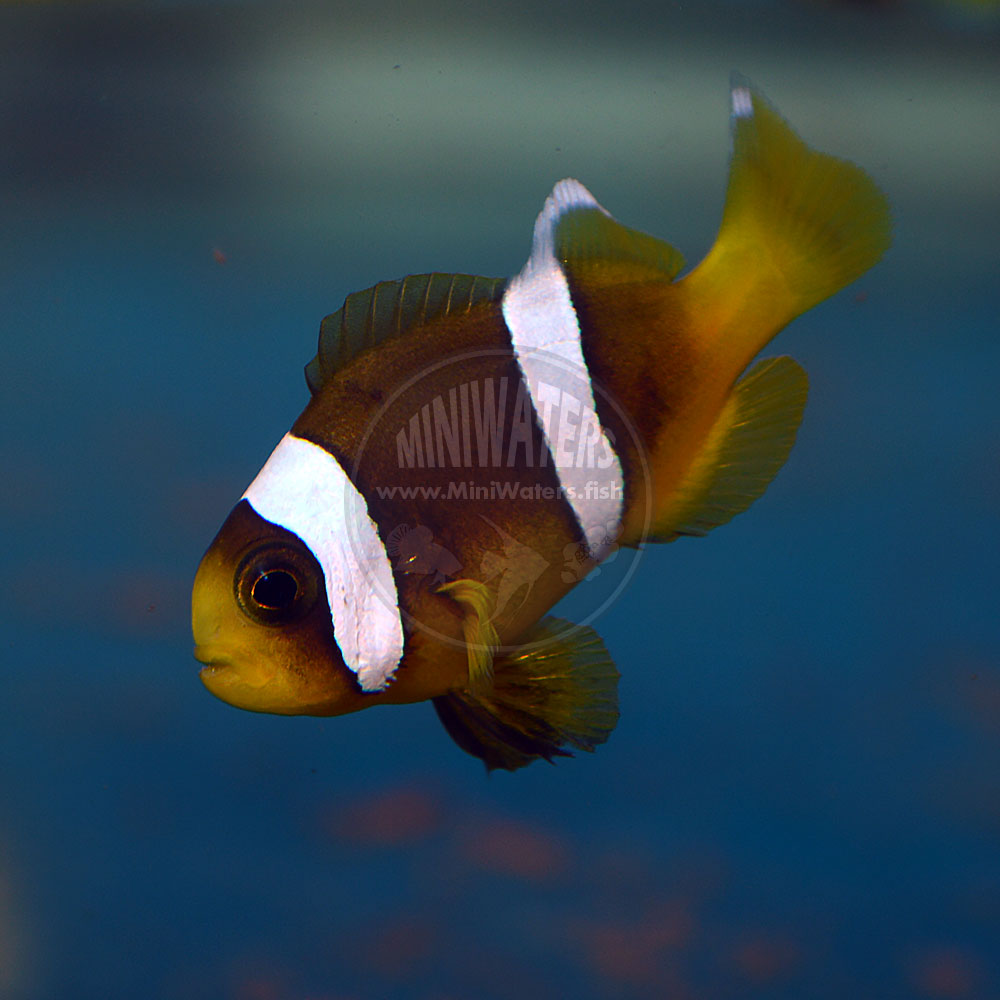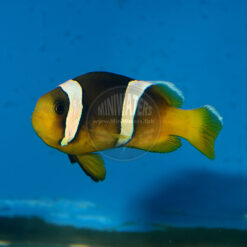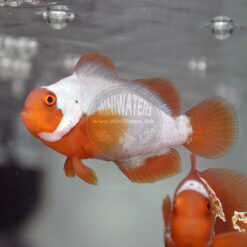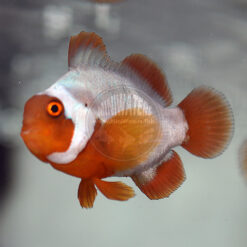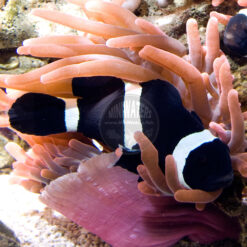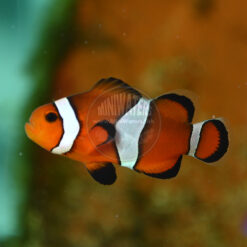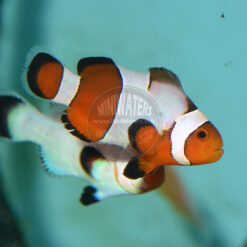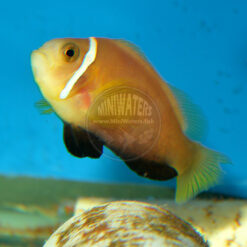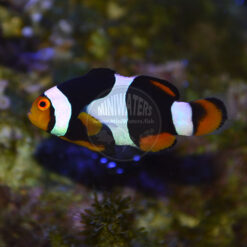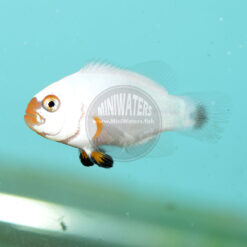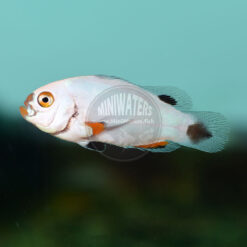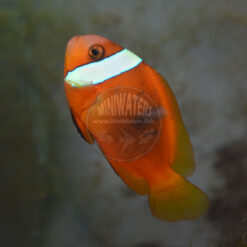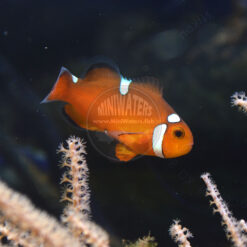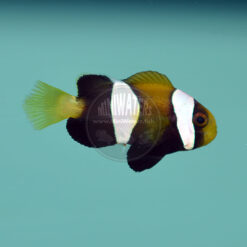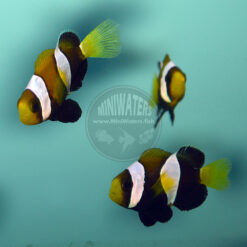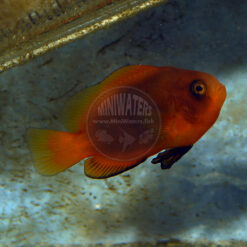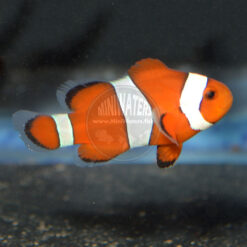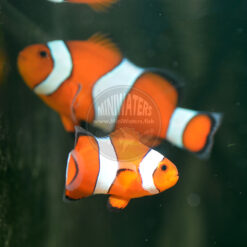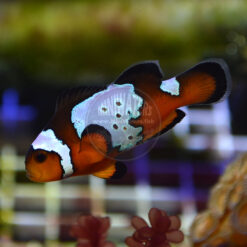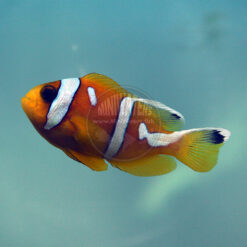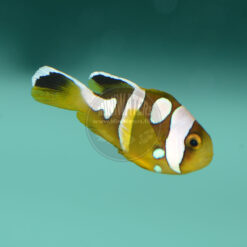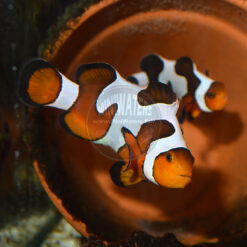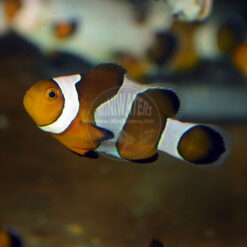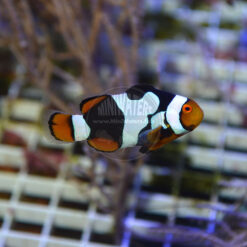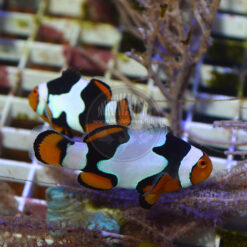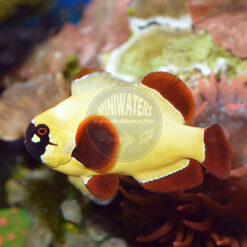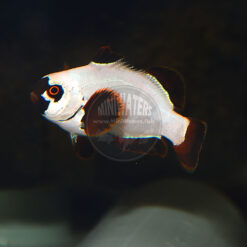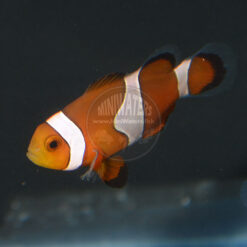Amphiprion sebae “True Sebae” Clownfish, Captive Bred
$33.00 – $49.00Price range: $33.00 through $49.00
I hate that I have to use the word “True Sebae” to describe captive-bred Amphiprion sebae, but to this day, many exporters ship darker forms of the Clarkii Clownfish, Amphiprion clarkii, into the US as “Sebae Clownfish”. For a long time, I read that “true Sebae” were easily confused with the Clarkii Clown, but honestly, they’re pretty darn easy to tell apart. I think Sebae is one of those underappreciated clownfish. They’re not really commonly available, even as wild caught, and they tend to get overlooked for flashier offerings. All the more reason to show them off here; as captive-bred fish they’re quite affordable and rock solid.
Description
I hate that I have to use the word “True Sebae” to describe captive-bred Amphiprion sebae, but to this day, many exporters ship darker forms of the Clarkii Clownfish, Amphiprion clarkii, into the US as “Sebae Clownfish”. For a long time, I read that “true Sebae” were easily confused with the Clarkii Clown, but honestly, they’re pretty darn easy to tell apart.
Real, “true” Sebae Clownfish primarily come from the Indian Ocean; according to Fishbase anywhere form the Arabian Peninsula, India, Sri Lanka, Maldives, Andaman Islands, and Sumatra and Java in Indonesia. There is some variation within the color patterning of this species, albeit rather minor. When mature, all Sebaes are basically black with white stripes and a bright yellow tail. Juveniles can wash out when being shipped or moved (see some of the gallery images here).
Amphiprion sebae is actually more closely related to the saddlebacks, A. polymnus. It’s body shape is one of the dead giveaways that it’s not part of the “Clarkii” complex of clownfish species. Given their relationship to the Saddlebacks, it should come as no surprise that Sebaes can actually get to be quite large; the Fishbase record is over 6″ in length.
I think Sebae is one of those underappreciated clownfish. They’re not really commonly available, even as wild caught, and they tend to get overlooked for flashier offerings. All the more reason to show them off here; as captive-bred fish they’re quite affordable and rock solid.
Additional information
| Scientific Name | Amphiprion sebae |
|---|---|
| Geographic Location | Eastern and Central Indian Ocean |
| Captive-Bred | |
| Breeder | Sustainable Aquatics |
| Sizes Available | Tiny, Small, Medium, Large |
| FishBase Link | http://fishbase.org/summary/Amphiprion-sebae.html |
| Wholesale Available | Yes |
Related products
Clownfish


